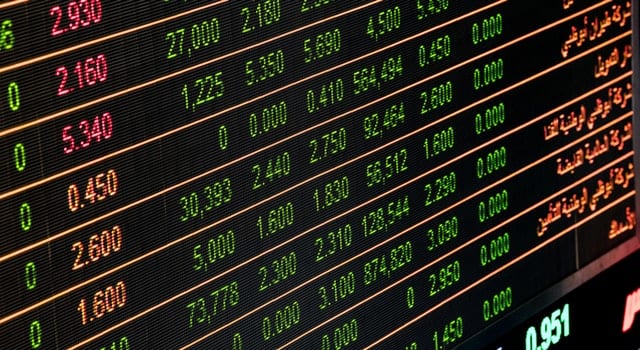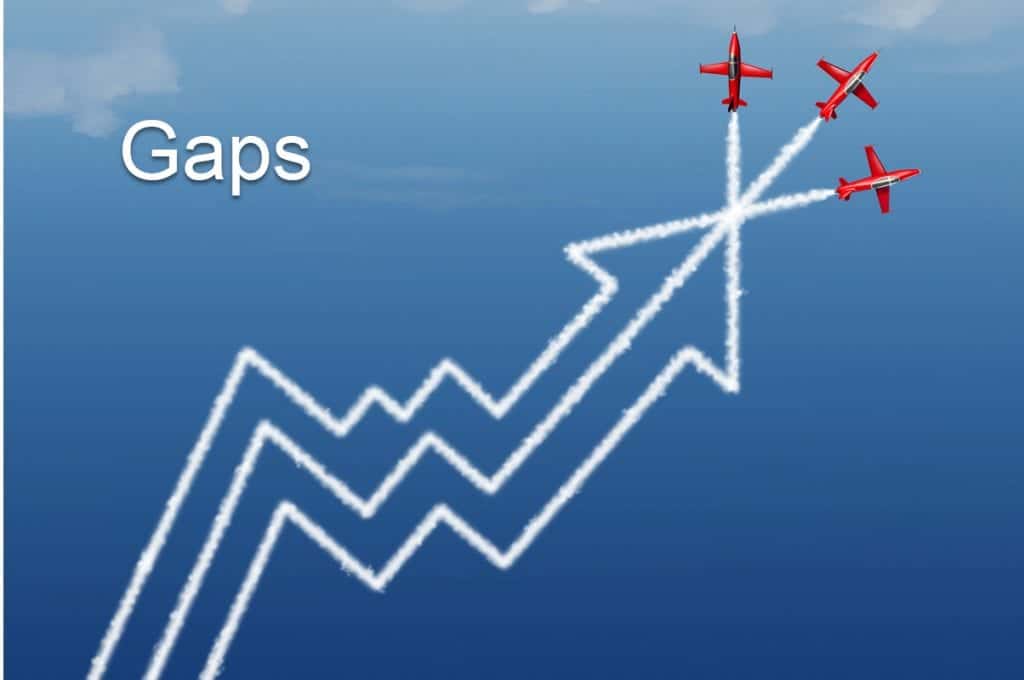
Positioning For Trend Changes Using Elliott Wave
Let’s discuss how Elliott Wave principles can be used to identify trends and high probability turning points, including Fibonacci relationships.
The basic pattern consists of impulsive waves followed by corrective waves.
The impulsive wave contains five smaller or sub waves in the direction of the prevailing trend.
The corrective wave has three sub waves and moves against the prevailing trend.
When a 5-wave upward pattern has completed, we should then expect a 3-wave counter trend move to unfold. We identify these as A-B-C patterns.
Here at The Chartist, we often label these because they’re the precursor to a resumption of the next trend higher.
Impulsive waves can stretch well beyond expectations. Corrective waves can become far more complex than just a straight forward 3-wave patterns. We simply use the guidelines as probability markers. So a preferred wave count will basically have the highest number of core rulings and guidelines coming together at the same time as a form of confluence.
This now leads us into Fibonacci ratios which will also be talked about in more detail in Part 3 of our series. These ratios are named after a very influential 13th Century mathematician called Leonardo Fibonacci of Pisa. He bought to the fore the Fibonacci sequence which begins with the number 1 and where each subsequent number is the sum of the previous two – so 1, 1, 2, 3, 5, 8, 13, 21, 34, 55 and so on. This sequence gave rise to some unique ratios called the Golden Ratio – 0.618, 0.382, 1.618 . Ratios we often apply to our price charts when looking for market turns, yet the ratios also exist throughout nature, plants, DNA, the human brain and the universe itself.


